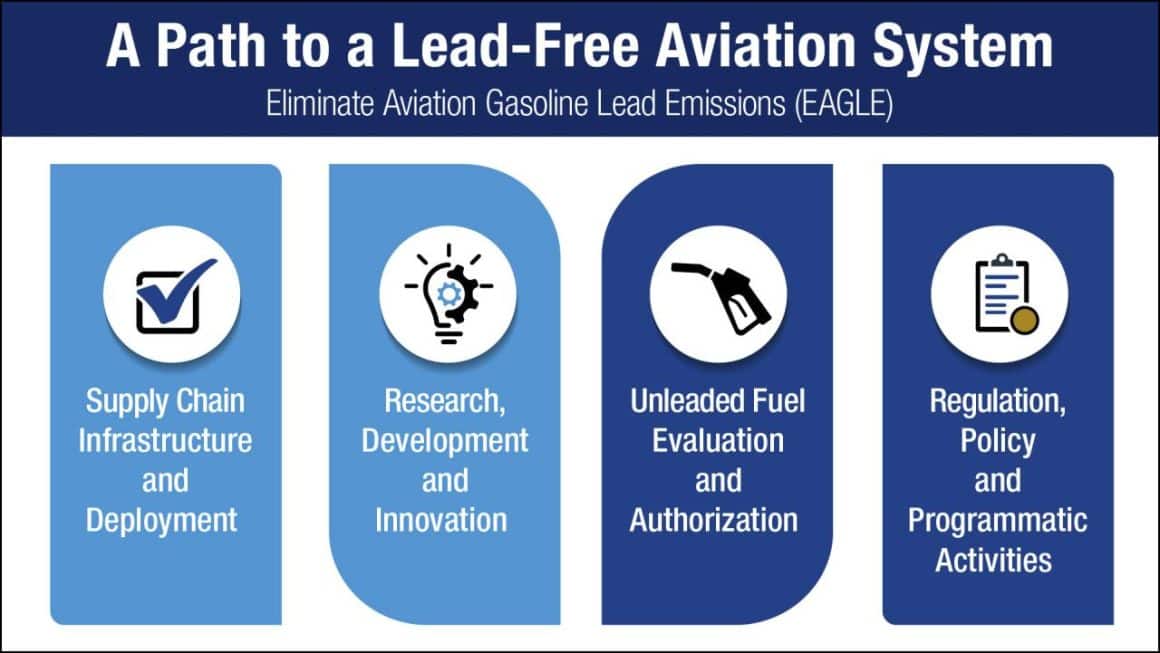The Environmental Protection Agency (EPA) is proposing a determination that declares emissions of lead from piston-powered aircraft using leaded fuel are a danger to public health.
The “endangerment finding” is the first step in the EPA process under the Clean Air Act to flex their authority to reduce lead pollution by aircraft.
AvGas is the only transportation fuel still used in America with lead
“When it comes to our children the science is clear, exposure to lead can cause irreversible and life-long health effects,” said EPA Administrator Michael S. Regan. “Aircraft that use leaded fuel are the dominant source of lead emissions to air in the country. Today’s proposal is an important step forward as we work to reduce lead exposure and protect children’s health.”
According to the EPA, aircraft that use leaded fuel are the largest remaining source of lead emissions into the air, contributing 70% of the lead according to government statistics.
Avgas is the only transportation fuel still used in America to contain lead. The most common and reliable is 100 octaneLL, which has an additive to prevent engine damage at higher power settings.
Their findings will undergo public notice and comment, and then be evaluated for a final finding next year. If finalized, the EPA would then propose regulatory standards for lead emissions on some 200,000 general aviation aircraft operating on leaded fuel.
Transitioning to lead-free aviation by 2030
The proposal follows the Eliminate Aviation Gasoline Lead Emissions (EAGLE) initiative announced earlier this year by the FAA and aviation and energy industries.

It’s an effort to establish policies and activities to transition piston-engine aircraft to unleaded fuel by the end of 2030, without adversely affecting the existing piston-engine fleet or compromising safety and the broader economic and public benefits of general aviation.
